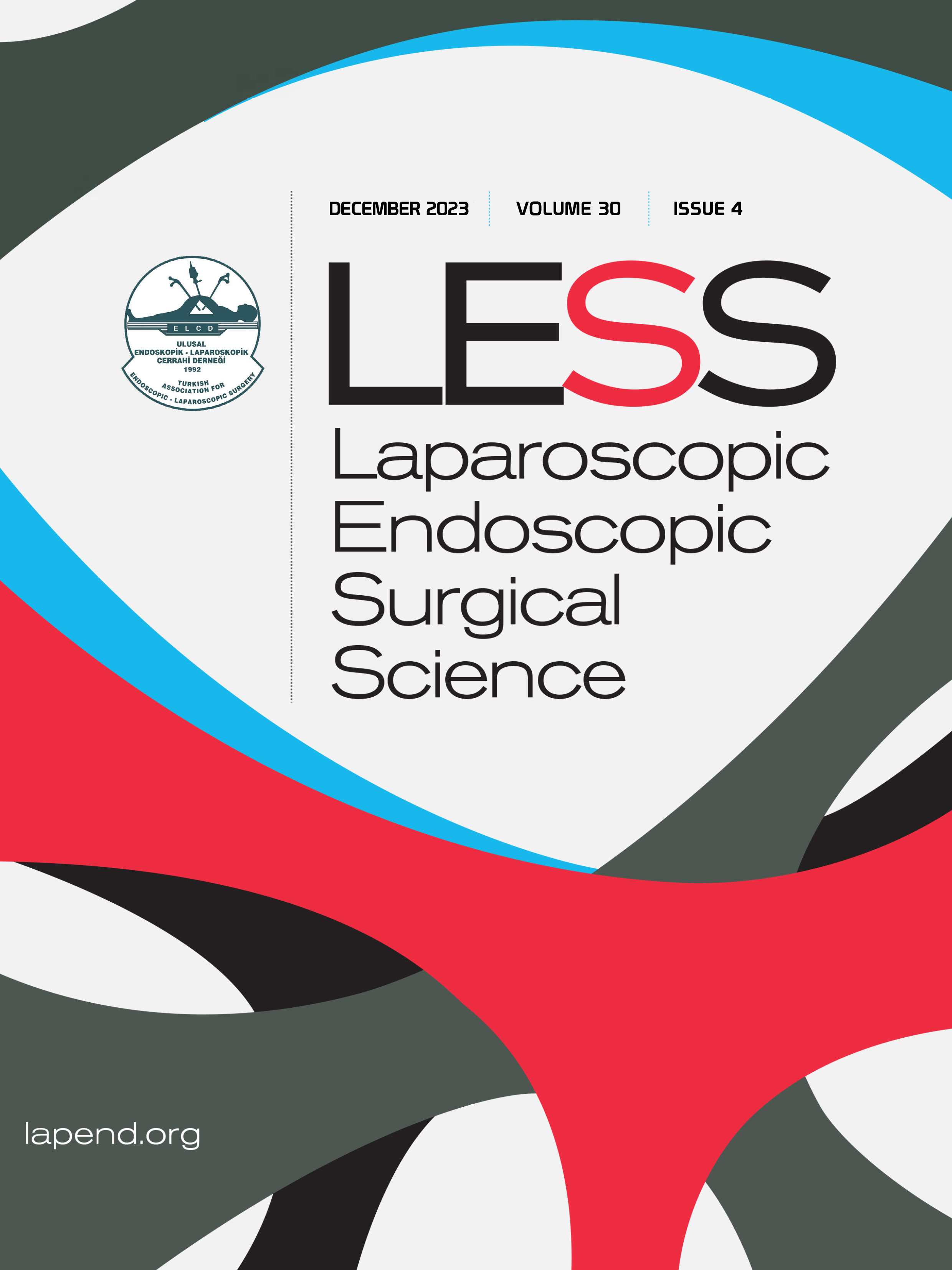Optimal reverse Trendelenburg angle for vascular intervention during radiofrequency ablation of chronic venous insufficiency under spinal anesthesia
Oğuz ArslantürkDepartment of Cardiovascular Surgery, Zonguldak Bulent Ecevit University Faculty of Medicine, Zonguldak, TürkiyeINTRODUCTION: Chronic venous insufficiency (CVI) is a common vascular disorder significantly affecting patients quality of life. Radiofrequency ablation (RFA) has become a key treatment, offering minimally invasive options with faster recovery. The reverse Trendelenburg (RT) position is frequently used to enhance venous dilation, facilitating vascular access during the procedure. However, the optimal RT angle remains unclear, particularly regarding vascular access success and hemodynamic stability. This study evaluated the effects of 15° and 30° reverse Trendelenburg (RT) angles on venous dilation, vascular access success, and hemodynamic stability during radiofrequency ablation (RFA) of the great saphenous vein (GSV) under spinal anesthesia for chronic venous insufficiency (CVI). The aim was to balance improved venous access against the risk of hemodynamic complications.
METHODS: In this retrospective analysis, 521 patients undergoing RFA for GSV insufficiency were assigned to group A (15° RT, n=264) or group B (30° RT, n=257). The primary outcomes included changes in GSV diameter, incidence of hypotension, bradycardia, and vasoactive medication requirements. Secondary outcomes included the rate of complete vein closure, confirmed by duplex ultrasound 24 h post-procedure.
RESULTS: The 30° RT position led to a significantly larger increase in GSV diameter than the 15° position (24.5% vs. 16.0%, p=0.019). However, the 30° angle was also linked to a higher occurrence of hypotension (20.6% vs. 7.5%, p<0.001) and bradycardia (10.5% vs. 2.2%, p<0.001). No significant differences were observed between the groups regarding the secondary outcome of vein closure (p>0.05).
DISCUSSION AND CONCLUSION: Although a 30° RT angle enhanced venous dilation, it also increased the risk of hemodynamic instability. Tailoring patient positioning based on individual risk factors is essential for balancing venous access and procedural safety in RFA for CVI.
Manuscript Language: English















